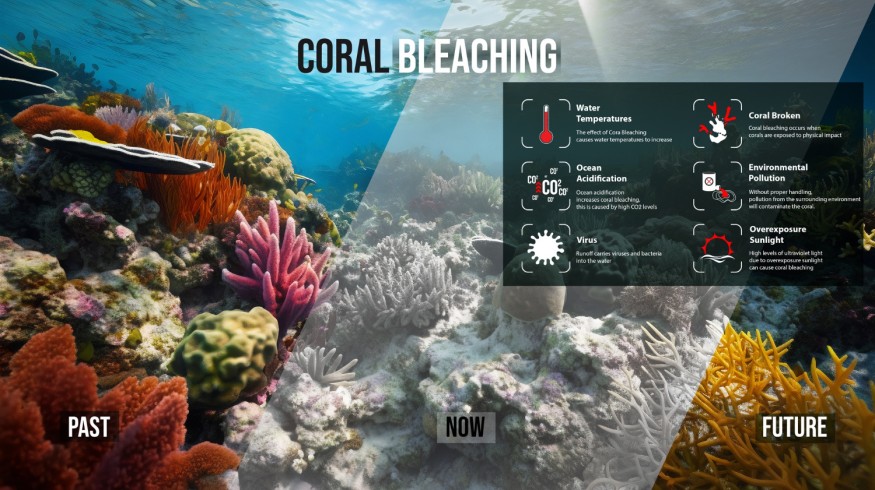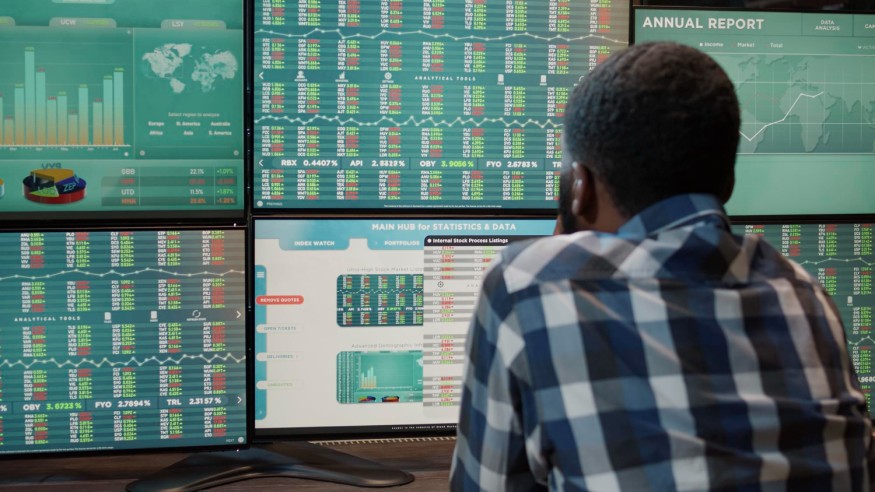How Artificial Intelligence Technologies Are Tackling Environmental Challenges
The tasks that artificial intelligence can perform today are truly impressive, from enriching the experience of playing online Solitaire to monitoring environmental conditions. Artificial intelligence has the potential to revolutionize environmental research while providing new tools and methods for analyzing and modeling ecological systems. However, the carbon footprint left by the training of chatbots is hugely detrimental to the environment. Can AI systems help mankind solve environmental problems, or does the harm from neural networks exceed the benefits?

Incorporating AI into Environmental Initiatives
Areas of ecology where AI can be most useful include climatology, biocontainment, waste management, and more. AI is also helping scientists find solutions to climate issues by analyzing complex patterns and trends. In 2018, Microsoft, together with National Geographic, initiated a grant program that aims to develop new solutions based on artificial intelligence technology to regulate environmental issues. Also, Google Corporation, jointly with the United Nations, launched a project where experts can monitor environmental conditions in real-time.
Energy and Industry
The combustion of fossil fuels, which include oil, gas, and coal, produces greenhouse gasses that have a negative impact on the environment. In this area, the application of artificial intelligence has the potential to reduce the impact of the greenhouse effect.
Hydrogen energy is one of the areas of ecology where AI has the potential to do the most good. The use of neural networks in this field can significantly improve the efficiency of hydrogen production and optimize the processes of storage, transportation, and use of hydrogen energy. AI can help in determining the optimal location for hydrogen refueling stations and the best routes for delivering hydrogen fuel cylinders. AI can also be used to predict hydrogen consumption and optimize its distribution.
Waste Management
In urban environments, AI is already improving the environmental situation by helping with waste management and optimizing urban transport. For example, AI can be used to determine optimal routes for garbage trucks or analyze air pollution data to make traffic management decisions.
Using AI and computer vision with satellite data can help detect biocenosis changes and problems like pests and drought. NASA is using satellite image analysis and machine learning to assess and predict the state of phytoplankton in the world's oceans.

Water Resources Control
Efficient and safe water management is at the intersection of food, energy, environmental and urban issues. In this area, artificial intelligence also brings value by helping to predict water consumption based on weather forecasts.
Using satellite data, AI can also predict weather changes, including the onset of drought, and then analyze soil and surface water conditions to help manage the effects of drought.
Protection Against Disasters
Artificial intelligence, IoT, sensor platforms, drones, and other high-tech developments are helping to predict natural disasters and prevent emergencies, minimizing or preventing environmental disasters.
Artificial intelligence and mathematical models help to predict potentially dangerous natural phenomena and emergencies caused by them in advance. There are already systems that can track earth tremors and warn of floods, hurricanes, sea level changes, and more. They trigger automatically when preset thresholds are exceeded and allow for early evacuation if necessary. Examples of such systems include PetaBencana.id, which integrates data from multiple open-source sensors, AI tools, and people's feedback on social media to produce real-time flood maps of Indonesia's capital, Jakarta. Combined with image recognition technologies from social media, artificial intelligence generates and sends out warnings of extreme weather events in real-time.
Disaster response planning is another application of deep learning and image analytics algorithms. Using seismic data, building structure data, social media information, and satellite imagery, artificial intelligence can help coordinate and prioritize disaster response, identifying areas most at risk and monitoring the flow of people and resources.

Harm from the Use of Artificial Intelligence
However, the negative environmental impact of AI technologies must also be considered. For example, the energy consumed by big data centers can contribute to global warming. However, these risks can be minimized with proper management and the use of energy-efficient technologies.
Scientists have found that training artificial intelligence leads to the emission of hundreds of tons of carbon dioxide. For example, in the process of training, the most famous chatbot, ChatGPT, processes huge text databases. Working with this information takes place in data centers. Maintaining these centers requires large computing power and is very energy-intensive.
Misuse of AI technologies or insufficient understanding of their environmental impact can lead to negative consequences. For example, autonomous systems may make poor decisions, which can damage ecosystems or resources. However, the benefits of AI do seem to outweigh some possible negative consequences.
© 2025 ScienceTimes.com All rights reserved. Do not reproduce without permission. The window to the world of Science Times.












